How Did The Maori People Eat During The Tattoo Process
How Did The Maori People Eat During The Tattoo Process - The process is painful and can take several hours to complete, but it is considered an important. Web the art of maori tattooing, or moko, is a sacred tradition that has been passed down through generations. It will be your ornament, and. The moko is not just a form of body art, but a way of expressing one's identity, history, and spirituality. They were paid with treasures such as weapons, cloaks and greenstone. Taia o moko, hai hoa matenga mou. Pigments were often considered a family heirloom and were kept for decades in beautifully designed containers made from pumice stone or wood. Moko is a form of tattooing that is done by carving the skin with a chisel and ink. Web the intricate designs and patterns of moko are deeply rooted in the polynesian culture and have a significant cultural significance. Web during the tattoo process, the maori people would eat a diet consisting mainly of plain foods such as boiled potatoes, kumara (sweet potato), and water. Web this process was followed by the application of small, toothed uhi combs that applied the pigment. The process is painful and can take several days to complete. It is a powerful means of cultural expression and identity. In this article, we will. Web māori brought this method of tattooing with them from eastern polynesia. This association with fire shows that the process was conducted within a. Chambers based on a 1769 drawing by sydney parkinson, from the 1784 edition of a journal of a voyage to the south seas portrait of a young maori woman with moko, by louis john steele (1891) portrait of tāmati wāka nene by gottfried lindauer (1890). It was like. Women were usually less complex but elegant, and both sexes had extensive. It is steeped in symbolism and rituals that hold great significance for the maori people of new zealand. It will be your ornament, and. In this article, we will. Web sketch of a māori chief, 1773 engraving by t. These chisels, known as uhi, were used to carve the designs into the skin, leaving behind a permanent mark. Pigments were often considered a family heirloom and were kept for decades in beautifully designed containers made from pumice stone or wood. Of your moko, you cannot be deprived, except by death. But maori quickly embraced the tools, technologies and substances. The process is painful and can take several days to complete. Web traditionally, ta moko was done using chisels made from bone or stone. Web during ta moko, sexual intimacy and the eating of solid foods were forbidden. The process was not just a physical one but also a spiritual one. They were paid with treasures such as weapons, cloaks. It was like a resumé. They avoided foods that were too sweet, too salty, or too fatty, as these foods were believed to cause inflammation and interfere with the healing process. In the traditional māori world, the moko, or facial and body tattoo, was part of everyday life. Women were usually less complex but elegant, and both sexes had extensive.. It is a powerful means of cultural expression and identity. Web this process was followed by the application of small, toothed uhi combs that applied the pigment. Web the maori habit of tattooing the face has excited a great deal of comment by travellers and students of ethnology who have at different times come into direct or indirect contact with. Web the process of getting a maori tattoo was a long and painful one. Web tā moko — traditional māori tattoos. As the art and practice of tāmoko (also known as tā moko) developed in isolation in aotearoa new zealand, māori pioneered the use of smaller, narrower uhi without teeth that cut grooves through the skin. The process is painful. Moko is a form of tattooing that is done by carving the skin with a chisel and ink. Web sketch of a māori chief, 1773 engraving by t. Everyone had some patterning on their skin. Web this technique made moko as much scarification as tattoo, as evidenced in the portraits of c.f. In the traditional māori world, the moko, or. In this article, we will. These chisels, known as uhi, were used to carve the designs into the skin, leaving behind a permanent mark. The process was not just a physical one but also a spiritual one. It is steeped in symbolism and rituals that hold great significance for the maori people of new zealand. Web tā moko — traditional. Rooted in the traditions of the indigenous maori people of new zealand, these intricate facial tattoos tell stories of lineage, status, and cultural. Taia o moko, hai hoa matenga mou. Web although ‘moko’ is the most common term for all forms of māori tattooing, specific terms describe moko applied to different parts of the body. For instance, spirals represent new beginnings and growth, while koru designs symbolize the unfolding of a fern frond, signifying new life and regeneration. The process was not just a physical one but also a spiritual one. Web this technique made moko as much scarification as tattoo, as evidenced in the portraits of c.f. This association with fire shows that the process was conducted within a. In this article, we will. It is a powerful means of cultural expression and identity. Web during the tattoo process, the maori people would eat a diet consisting mainly of plain foods such as boiled potatoes, kumara (sweet potato), and water. Web the symbolism behind ta moko tattoos is deeply rooted in maori culture. Web traditionally, ta moko was done using chisels made from bone or stone. Web the process of tā moko was highly skilled, and tohunga tā moko (tattoo experts) were greatly respected. In this article, we will explore the history and origins of ta moko in maori culture, shedding light on the rich traditions. In the rich tapestry of maori culture, the art of ta moko tattoos stands as a powerful and enduring symbol of identity, heritage, and personal history. Women were usually less complex but elegant, and both sexes had extensive.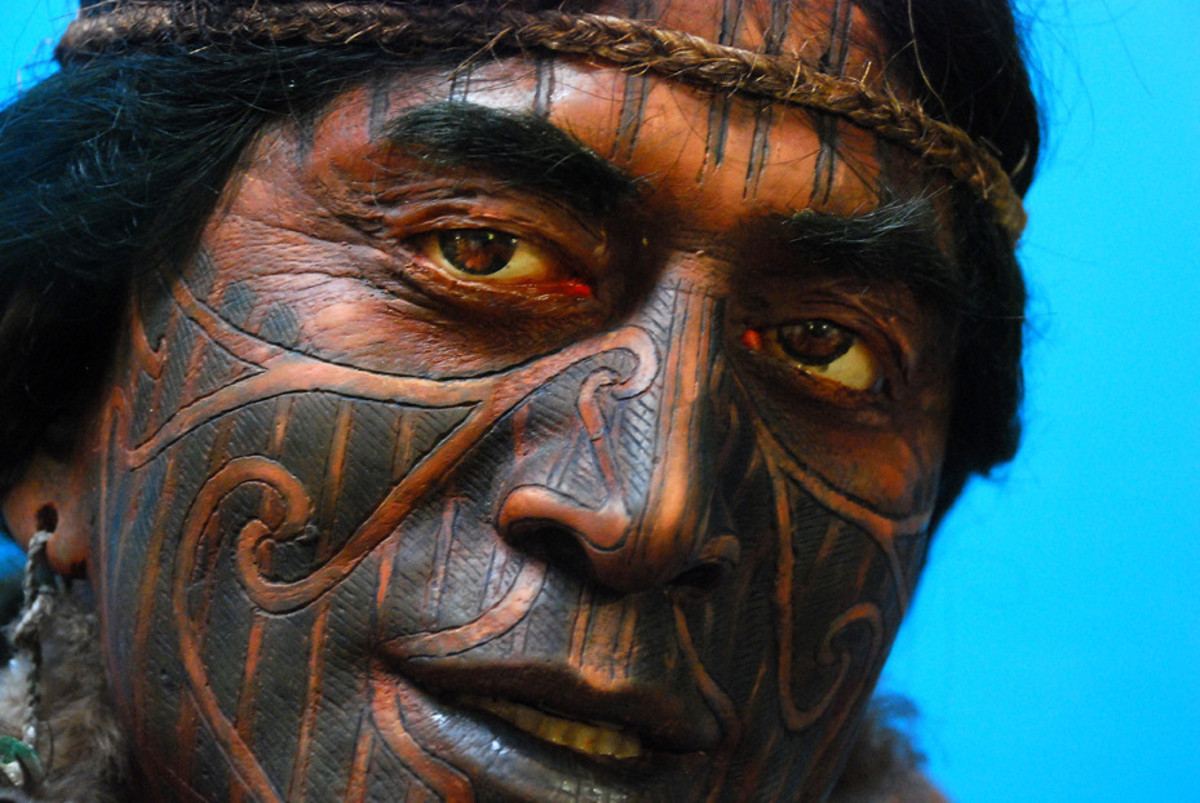
South Pacific The Maori People of New Zealand Owlcation

Maori Tattoos Meanings and History with Designs & Symbols

When New Zealand was colonized in the 1800s, the ancient Māori practice
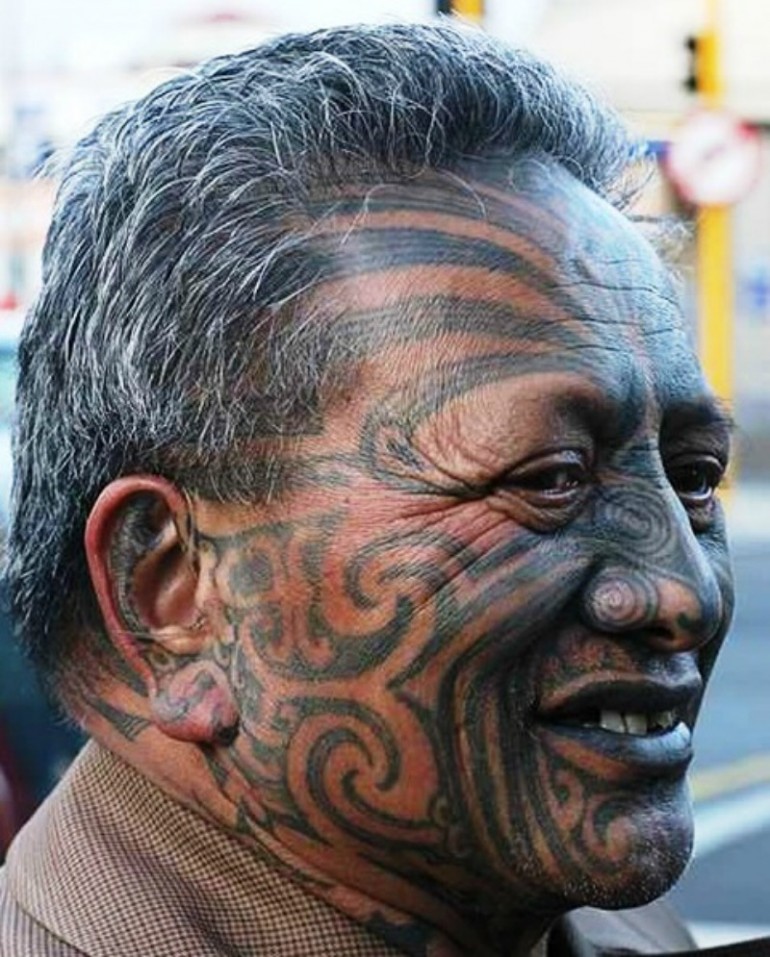
Tā moko, the Traditional Māori Tattoo Art

Conheça o povo Maori Sua Origem e Lendas
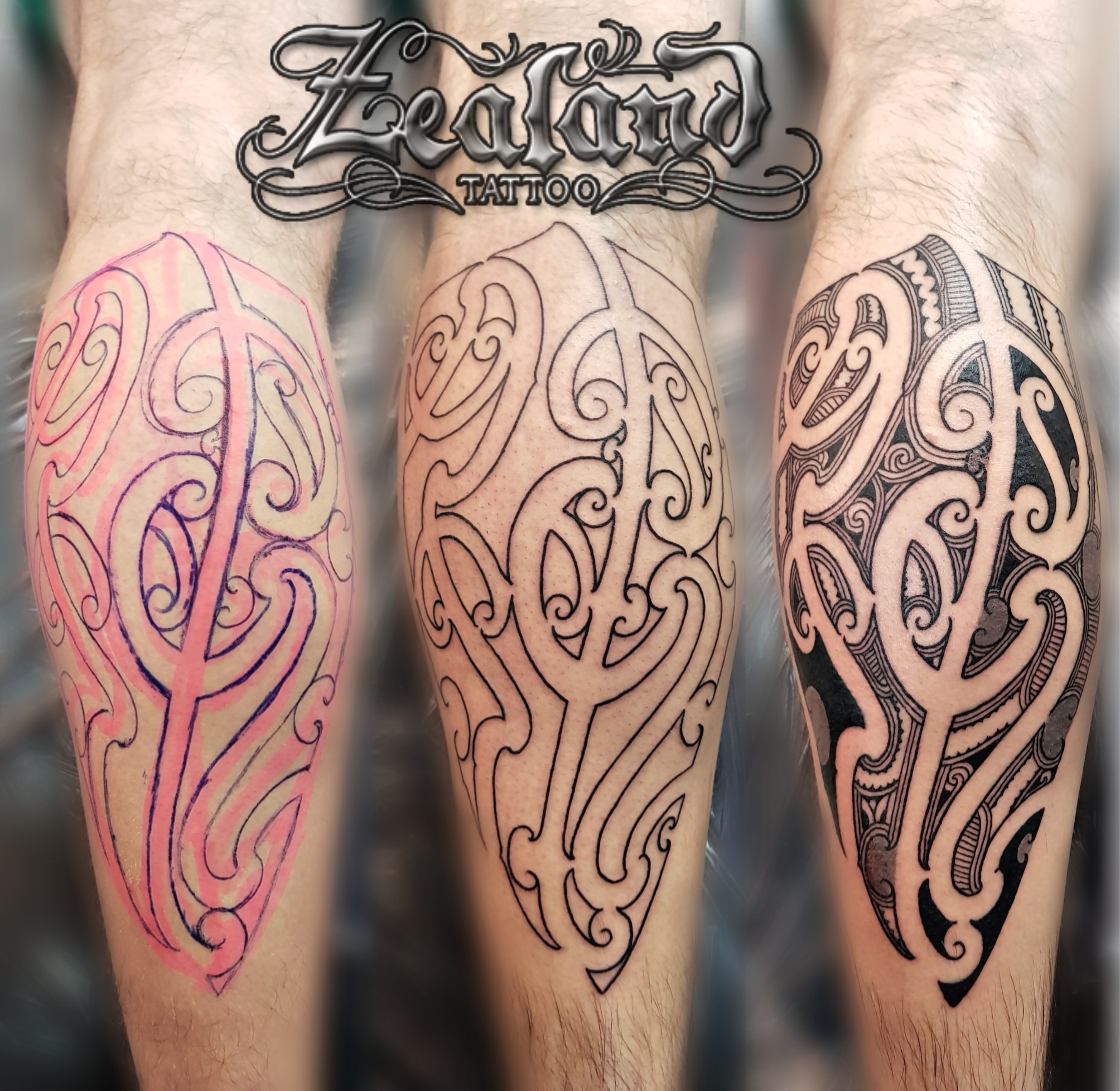
Maori Tattoo The Definitive Guide to Ta Moko Zealand Tattoo

Artist Explores the Near Extinction of Māori Face And Body Tattoos in
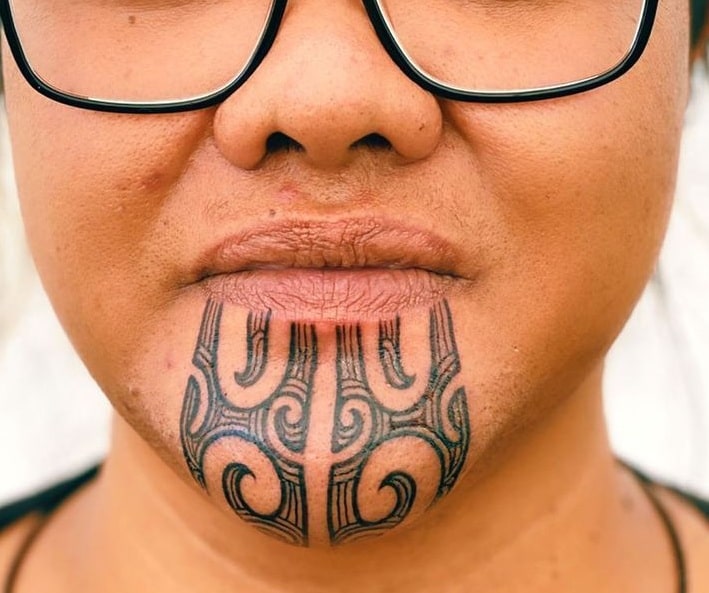
Everything You Need to Know about Maori Tattoos

Maori Tattoo Designs Think Before You Ink TatRing
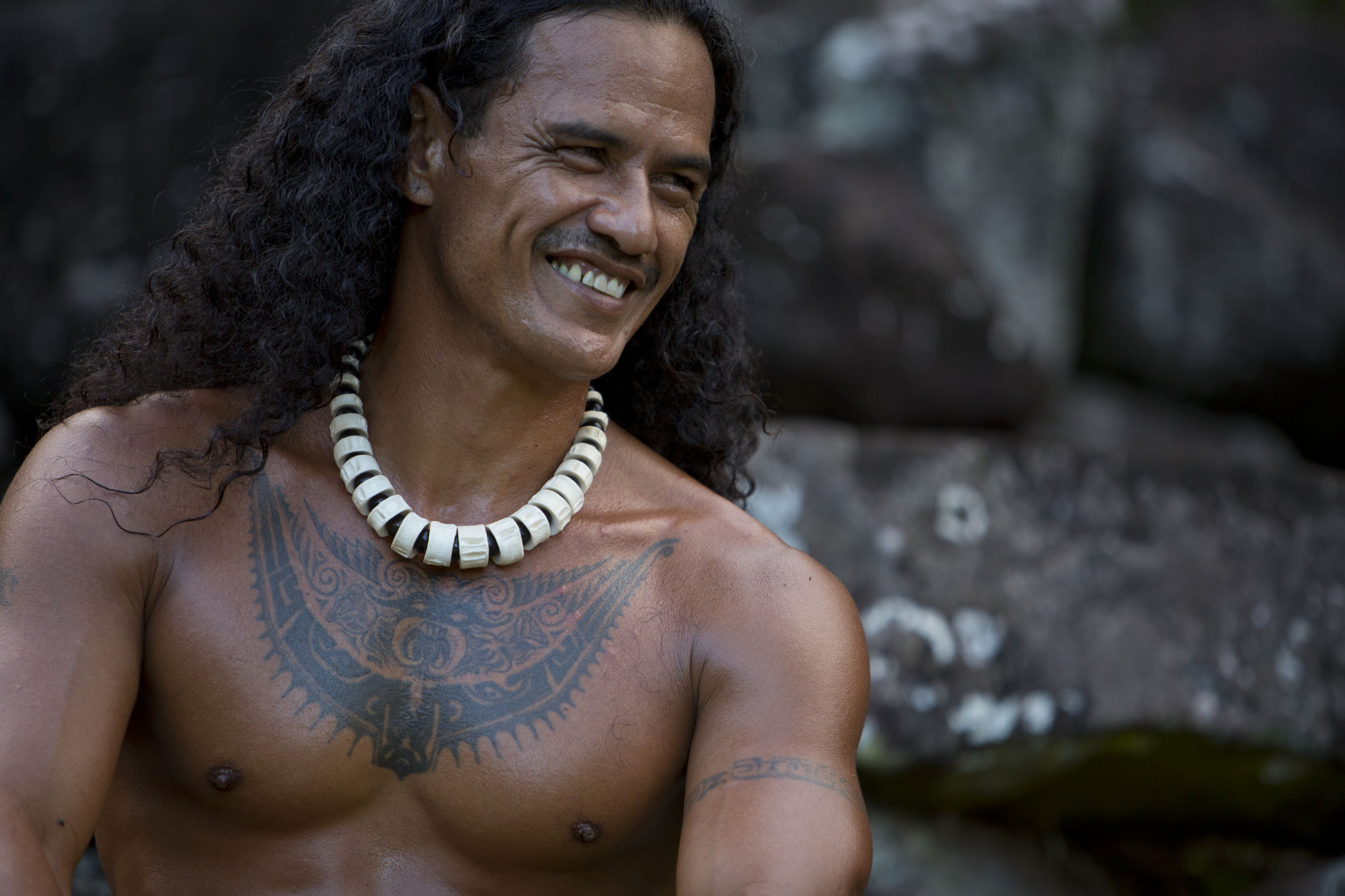
Maori Tattoo The Art of Polynesian Tattooing Aranui
Web Sketch Of A Māori Chief, 1773 Engraving By T.
It Was Like A Resumé.
A Variety Of Theories Regarding Its Origin And Purpose Have Been Advanced.
Web Despite Its Deep Cultural Significance, Ta Moko Was Nearly Lost During The Colonial Era When The Maori People Were Forced To Assimilate Into European Culture.
Related Post: